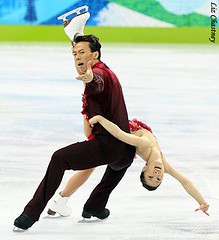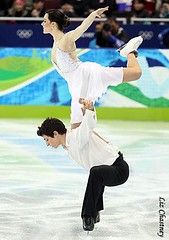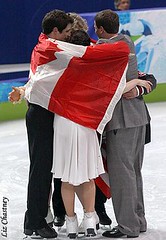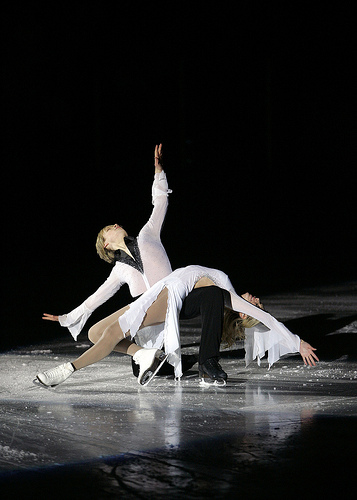
Christina and Mark (Photo by David Paterson)
Do you love ice skating? Do you love ballet? Do you love dance? If you answered yes to one or more of those three questions, Ballet On Ice is the class for you! Ballet is required for most of the top skaters in the world. Russian skaters take ballet lessons from an extremely young age. Male and female skaters of all ages train in ballet to improve their skating.
If you are not training in ballet and different styles of dance for your skating, you may want to seriously consider it. I believe ballet is the basis for all dance. In a way, you could almost say it is the basis for all movement. Ice skaters require grace, fluidity, artistry, passion, and originality. The class Ballet On Ice will develop those aspects of your skating!
Ballet On Ice is:
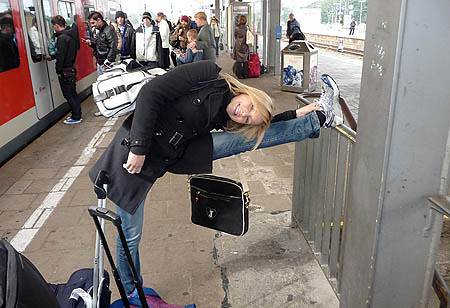
 When it’s time to warm up off-ice, most skaters tend to skip the warm-up completely or just do the bare minimum. This is dangerous. As with any sport, if you jump right in without any warm-up, you greatly increase your risk of pulling a muscle or having an even more severe injury. However, what you do for off-ice warm-up is based on your age and what type of skater you are.
When it’s time to warm up off-ice, most skaters tend to skip the warm-up completely or just do the bare minimum. This is dangerous. As with any sport, if you jump right in without any warm-up, you greatly increase your risk of pulling a muscle or having an even more severe injury. However, what you do for off-ice warm-up is based on your age and what type of skater you are. 
